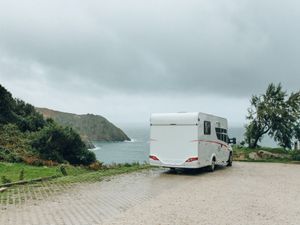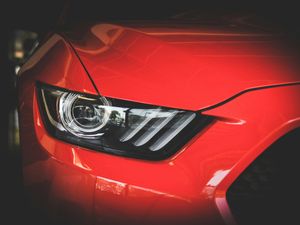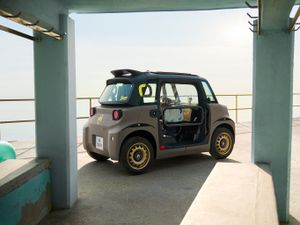Caravan owners urged to check tyres before heading out this summer
Many caravan tyres can degrade after being stationary for months.

Caravan owners should be checking their tyres before embarking on journeys this summer.
That’s according to Bridgestone, which says that checking over a caravan’s tyres is crucial – particularly if it has been standing for a few months. Thousands of caravans are expected to take to the roads this summer, with many of them having been inactive over the winter months.
It’s advised that any caravan tyre should be replaced after 10 years regardless of its visual condition, with various aspects such as sun and weather contributing to its degradation. Drivers should be looking out for cracked sidewalls, as well as any cuts or bulges that could prove to be a problem further down the road.
Brett Emerson, Bridgestone’s consumer sales director, said: “Whatever tyres are fitted to the towing car, caravan, trailer tent or motorhome, it is essential to the safety and stability of the combination that all tyres are correctly inflated for the applied load.
“Tyres that are driven under inflated for extended periods are more likely to suffer from rapid wear which could lead to a sudden deflation, causing loss of control. Debris left on the carriageway after a tyre failure could prove hazardous for other motorists.”
Flat spots on the tyres can also appear when a caravan is only moved once or twice a year. Though they might not initially be visible, flat spots can cause serious vibration and noise once the vehicle is in motion. There is no real way to remedy these, either, with a replacement tyre the only solution.
Emerson added: “We never recommend the dangerous practice of fitting a replacement tyre on the hard shoulder and roadside safety advice issued by Highways England should always be observed.
“Keeping tyres correctly inflated ensures an even wear rate leading to longer tyre life. Pressures should be checked and adjusted prior to any journey when the tyres are cold – not during or after a run when they will be higher. Never reduce pressures when the tyres are warm, as they could be too low when they cool down.”





